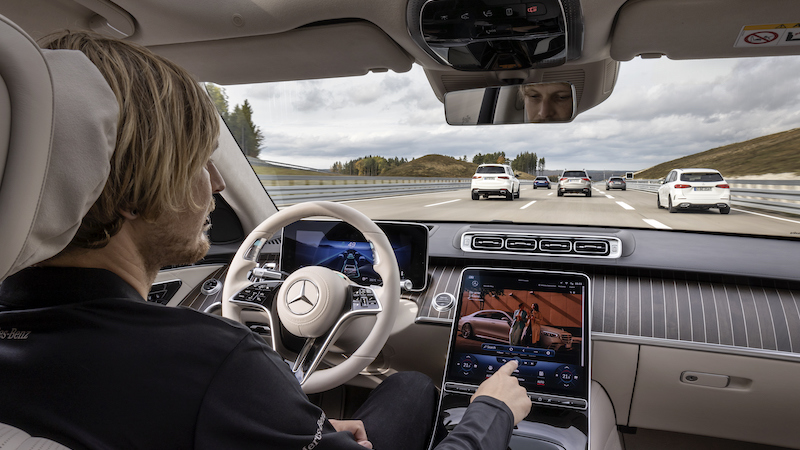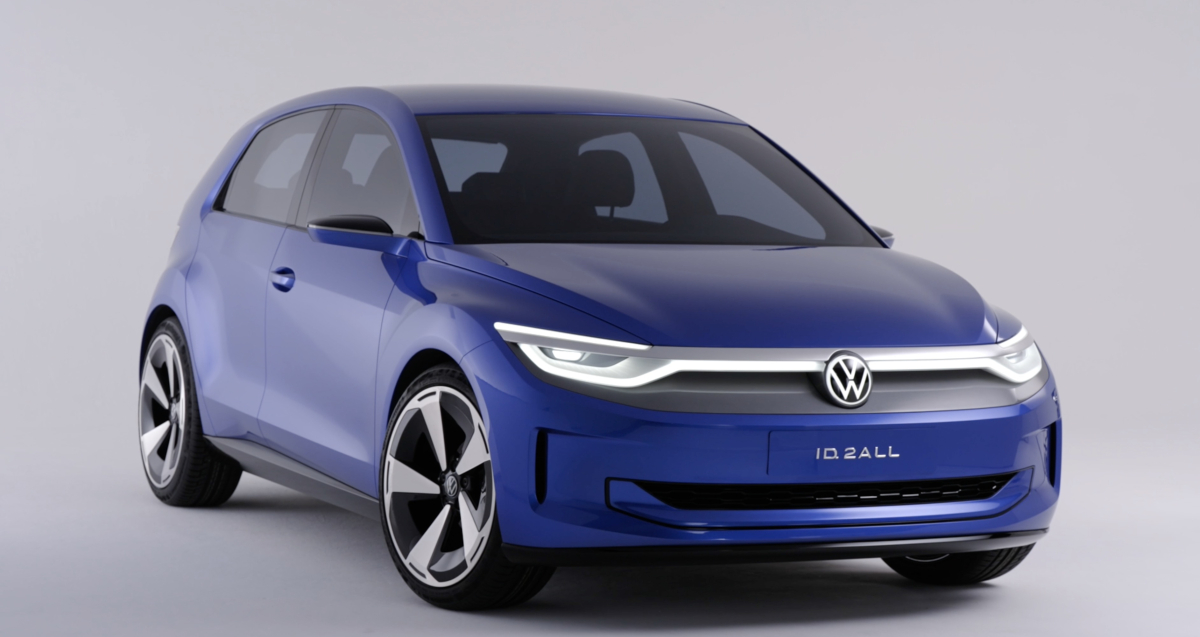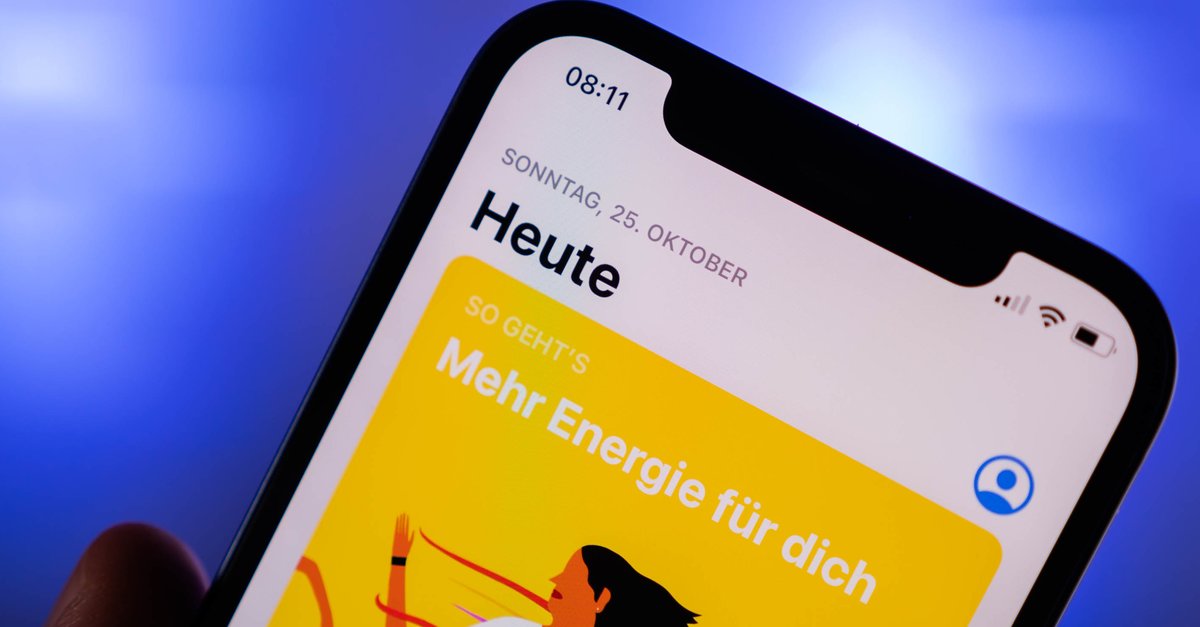Autonomous driving is permitted at speeds of up to 130 km/h – at least in theory
Autonomous driving has been permitted in Germany at speeds of up to 130 kilometers per hour since January 2023. However, the new regulation only applies to Tier 3 vehicles and only under certain conditions. An overview.
Driving a car without actively controlling the vehicle has long since ceased to be a science fiction dream. The regulations for autonomous driving are also constantly evolving.
For example, cars with autonomous driving functions have been allowed to drive at up to 130 kilometers per hour since January 2023. Before that, the speed limit was just 60 kilometers per hour.
Contents
Autonomous driving in Germany with restrictions
As early as summer 2022, the World Forum for the Harmonization of Vehicle Regulations of the UN Economic Commissions reached an agreement (UNECE) on raising the top speed for autonomous driving to 130 kilometers per hour. Germany also belongs to this network.
However, the new regulation is linked to a number of conditions. For example, owners of autonomous vehicles are only allowed to activate the autopilot on roads where pedestrians and cyclists are prohibited.
In addition, these lanes must be equipped with a physical separation from the outset, separating traffic in opposite directions. Drivers must also be able to regain control of their vehicle at any time.
The new UNECE regulation also states that automated driving systems must comply with local traffic regulations.
Autonomous driving at speeds of up to 130 km/h is only theoretically permitted
But although UNECE has agreed on the new maximum speed, this does not mean that the new regulation is also approved directly in Germany.
As the automobile week reported, in Germany, for example, the adaptation and certification to the road traffic regulations by the Federal Motor Transport Authority is still missing. As long as the regulation has not successfully completed this process, the speed limit of up to 60 kilometers per hour will continue to apply on the German autobahns.
New speed limit only applies to vehicles from tier 3
Vehicle automation is trending in the industry five different levels, also called levels. However, one only speaks of autonomous driving in the fifth stage.
The newly defined maximum speed of 130 kilometers per hour applies in all countries only to vehicles from level 3.
The levels of automation at a glance
Level 1: Assisted driving
With assisted driving, the people behind the wheel must always be in control of the vehicle. Drivers must keep an eye on the traffic at all times and are liable for traffic violations and damage.
However, individual assistance systems may provide support for certain driving tasks. This includes, for example, the cruise control.
Step 2: Partly automated driving
With semi-automated driving, the car can temporarily carry out some tasks itself – without any human intervention. For example, a Level 2 car is able to stay in lane, brake, and accelerate simultaneously on the highway.
Level 3: Highly automated driving
Highly automated cars can perform certain driving tasks independently and without human intervention. However, the period of time for this is limited and is linked to suitable conditions.
For example, it is allowed to read the newspaper while driving or to turn to the passengers. However, if the system detects and signals a problem, drivers must be able to take the wheel again at any time.
Level 4: Fully automated driving
At the fourth level, the vehicles carry out all driving tasks independently. The car can therefore also cover longer distances without intervention. This means that the car could theoretically drive onto the freeway, merge with the traffic, follow the lane, indicate, overtake, accelerate, brake and then drive off again.
Drivers must then take over the wheel again. If they are not able to do this, the car must independently reach a safe state and, for example, drive into a parking space.
Stage 5: Autonomous driving
Finally, the fifth stage is autonomous driving. This means that the passengers no longer have to drive. The car could also drive without passengers.
The technology in the vehicle must be able to handle all traffic situations independently. This also includes complex driving tasks such as crossing an intersection, driving through a roundabout and correct behavior at zebra crossings.
Only two automated vehicles registered in Germany
There are currently only two vehicles in Germany that are allowed to drive automatically according to Level 3: the S-Class and the EQS from Mercedes. However, it is crucial that the vehicles are equipped with the “Drive Pilot” system.
According to automobile week However, a Mercedes spokesman explained that there was no time horizon for when the “Drive Pilot” would be approved for 130 kilometers per hour. However, the company is beginning to adjust the speed increase parameters.
Until this process is completed, however, Mercedes owners are also allowed to drive automated vehicles on the autobahn at up to 60 kilometers per hour.
Also interesting:



